A replicable fusion of indigenous biodiversity knowledge and DNA insights
Inuit community documents the geographical expansion of Striped bass in their watersheds and coastal waters using eDNA
.avif)
A collaboration between
Project Snapshot
Overview
The NunatuKavut Community Council (NCC) is a governing body that represents Inuit in central and southern Labrador. NCC’s Environment and Natural Resources department spearheaded an eDNA-based investigation to understand the geographical expansion of Striped bass into the territory, a suspected consequence of the changing climate. Fueled by concerns over these bass threatening the population of Atlantic salmon, which are vital for sustenance and cultural practices, the community combined Inuit traditional knowledge with innovative DNA technology. Utilizing eDNA, NCC’s oceans and aquatics team identified the distribution of Striped bass across the lakes, rivers, and estuaries, validating local knowledge of increased bass sightings – particularly the overwintering of bass within local waters.

The Challenge
As climate change altered Striped bass migratory patterns to expand into NunatuKavut waters, the NunatuKavut Community Council (NCC) faced the challenge of understanding the threats posed by this species to native fish populations. The harsh, inaccessible terrain, and freezing temperatures made conventional sampling methods challenging. The scarcity of fish data, particularly for Labrador, where Striped bass are difficult to sample, intensified concerns about their impact on vital native species like Atlantic salmon and trout. This prompted NCC’s Environment and Natural Resources department to seek insights into the distribution of this new species and its potential impact on other fish.

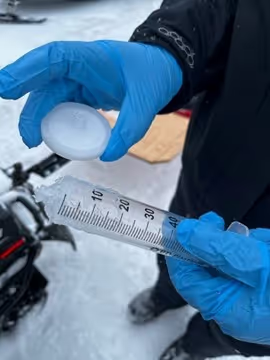
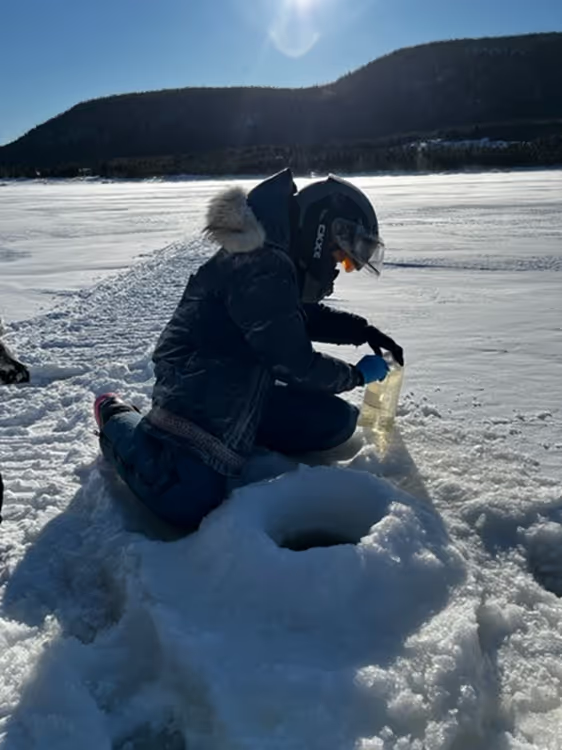
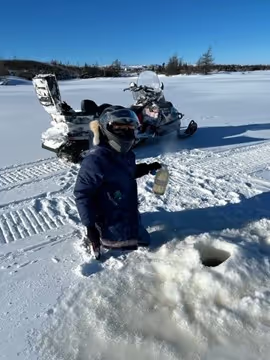
Our Role
To overcome these challenges, the NunatuKavut Community Council’s (NCC) Environment and Natural Resources department worked with NatureMetrics, employing eDNA to survey Striped bass and other species throughout the catchment. Leveraging Inuit traditional knowledge, NCC implemented a 2017 visual sightings database for Striped bass to guide targeted eDNA sampling.

The Findings
The eDNA results revealed the presence of Striped bass in multiple sampling sites, enabling the Environment and Natural Resources department to establish a more robust baseline data collection and track the bass’ movements in NunatuKavut. The findings enhance the understanding of the extent of the non-native species presence in NunatuKavut and have guided strategic decision-making.

The Impact
The project's impact extends beyond the community, as the information gathered will be shared with the Department of Fisheries and Oceans (DFO) to guide both DFO and NCC in co-management efforts on Striped bass. This includes identifying population designations and habitats, managing resources effectively, comprehending the impact of climate change on species range, and establishing a baseline for ongoing co-management. The successful integration of Inuit traditional knowledge with DNA technology demonstrates a model that can be scaled and replicated with other Indigenous communities, encouraging a collaborative approach to address ecological challenges. This initiative sets a precedent for future funding applications and underscores the potential for similar endeavors worldwide.



.avif)

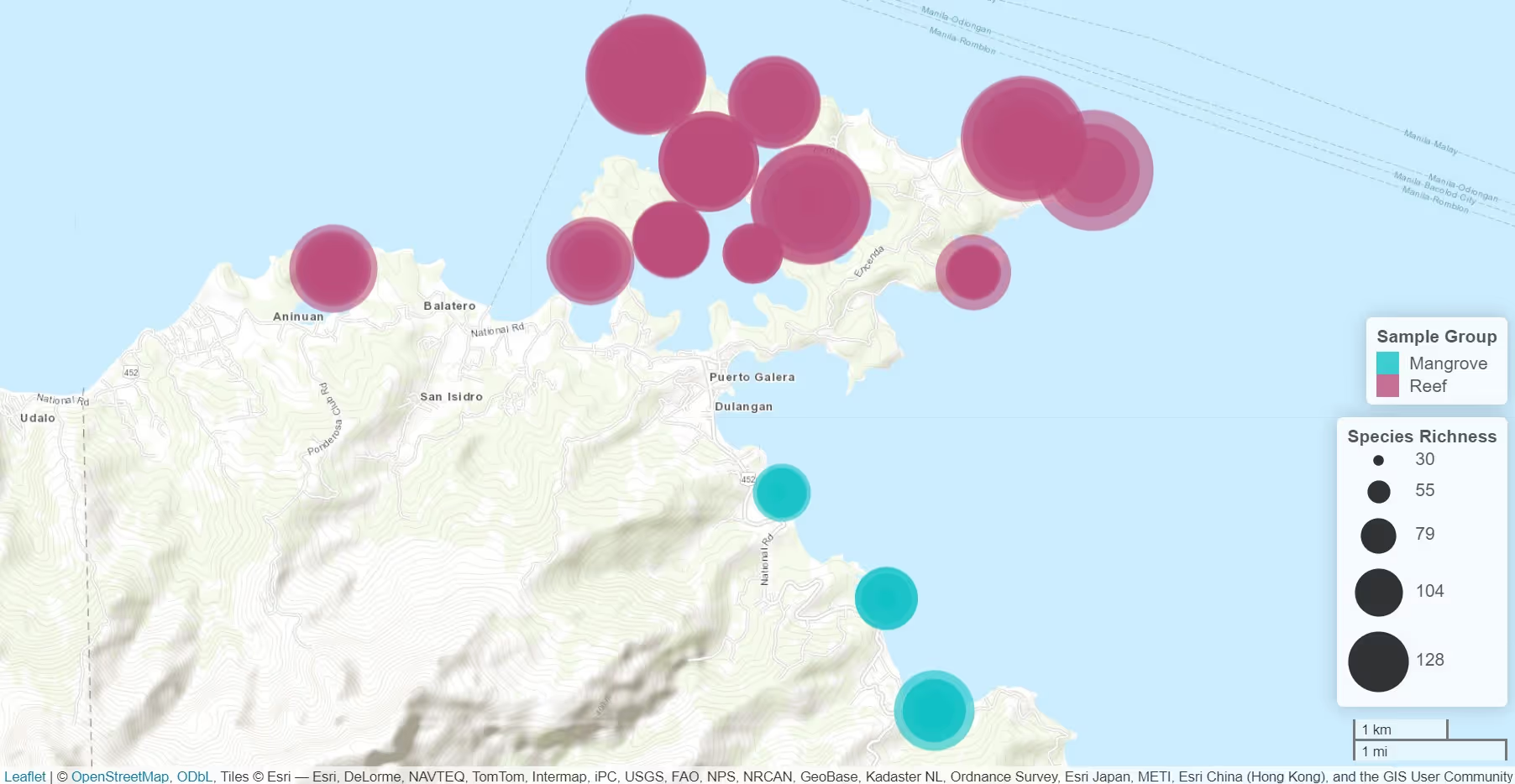
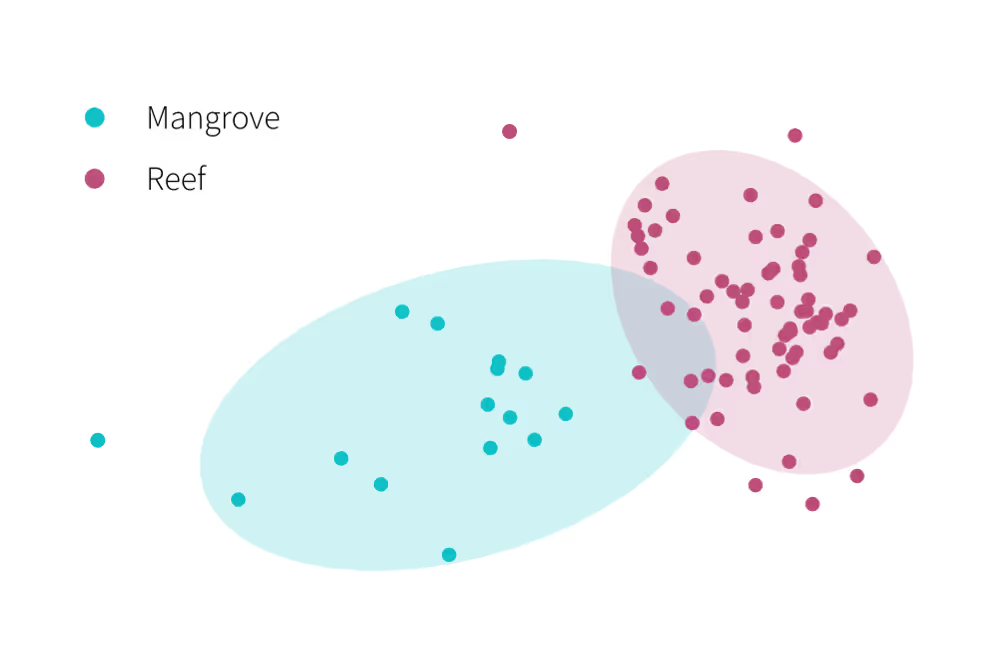
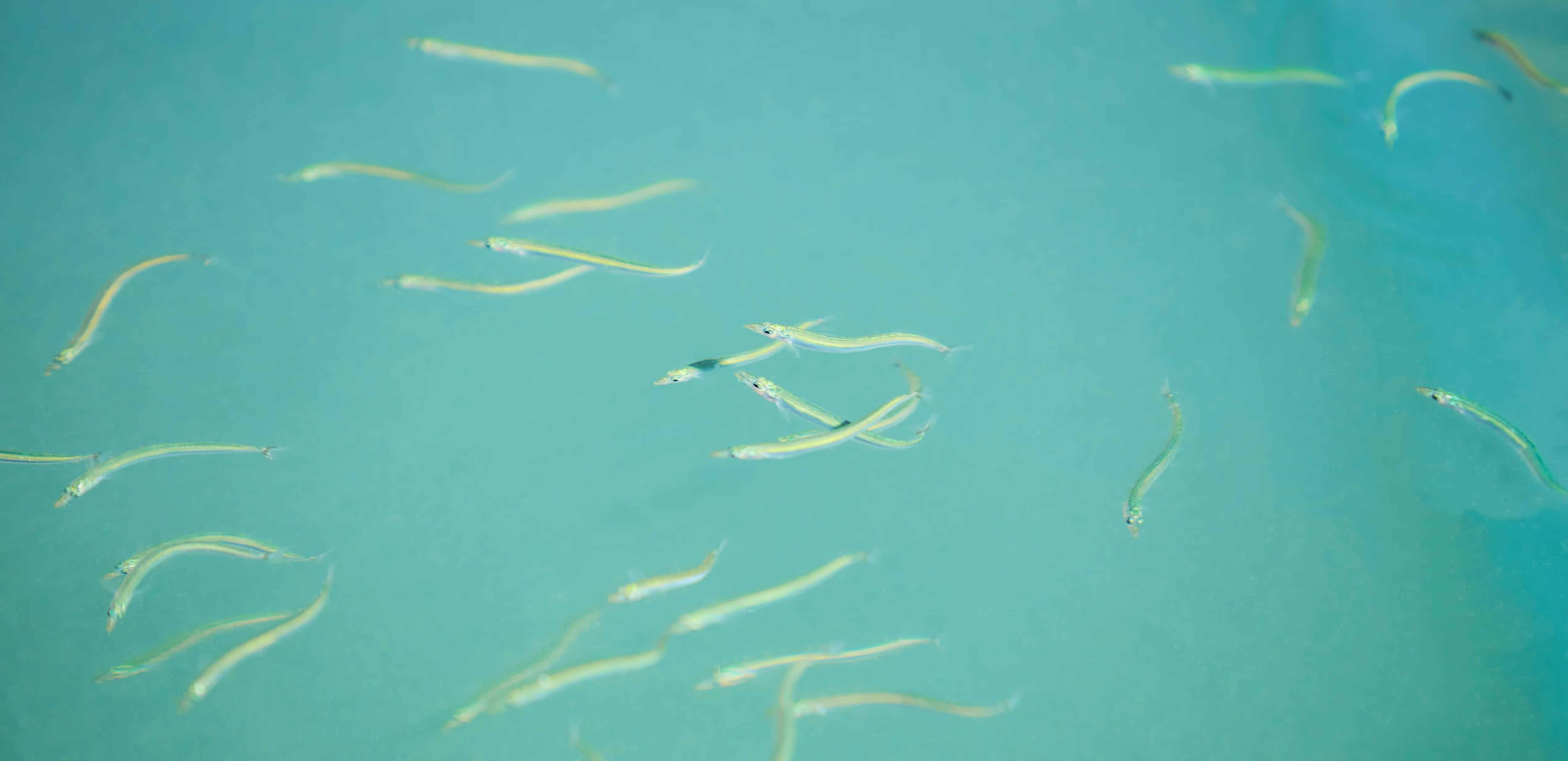
.avif)